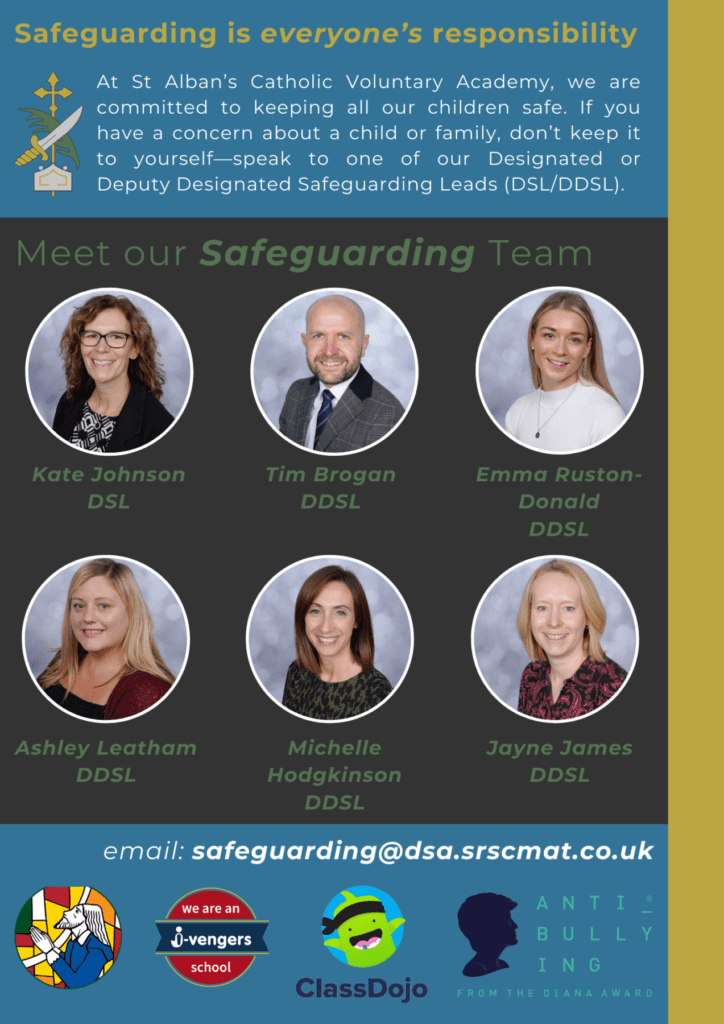In today’s digital world, ensuring our pupils are safe, responsible, and confident online is more important than ever. At St Alban’s, we are committed to equipping children with the knowledge and skills they need to navigate the internet safely and responsibly, both in school and at home.
How We Teach Online Safety
Online safety is a fundamental part of our Computing curriculum and is embedded into every lesson. At the start of each weekly Computing session, pupils engage in dedicated online safety teaching using content from Project Evolve—a comprehensive and adaptable online safety programme. We have tailored this curriculum to meet the needs of our pupils, ensuring that they receive age-appropriate, relevant, and engaging guidance on how to stay safe in the digital world.
Our teaching covers key aspects of online safety, including:
- Understanding how to protect personal information online
- Recognising and responding to cyberbullying
- Making safe and responsible choices when using the internet
- Identifying reliable sources and avoiding misinformation
- Understanding the impact of digital footprints
- Learning about healthy screen time and digital wellbeing
Supporting Families with Online Safety
We believe that keeping children safe online is a shared responsibility between school and home. Our online safety policy empowers parents to take the relevant action required to ensure their child can have a positive and safe online experience.
If you have any concerns about online safety or need further advice, please contact the school. Together, we can ensure that all our pupils grow into responsible and informed digital citizens.





